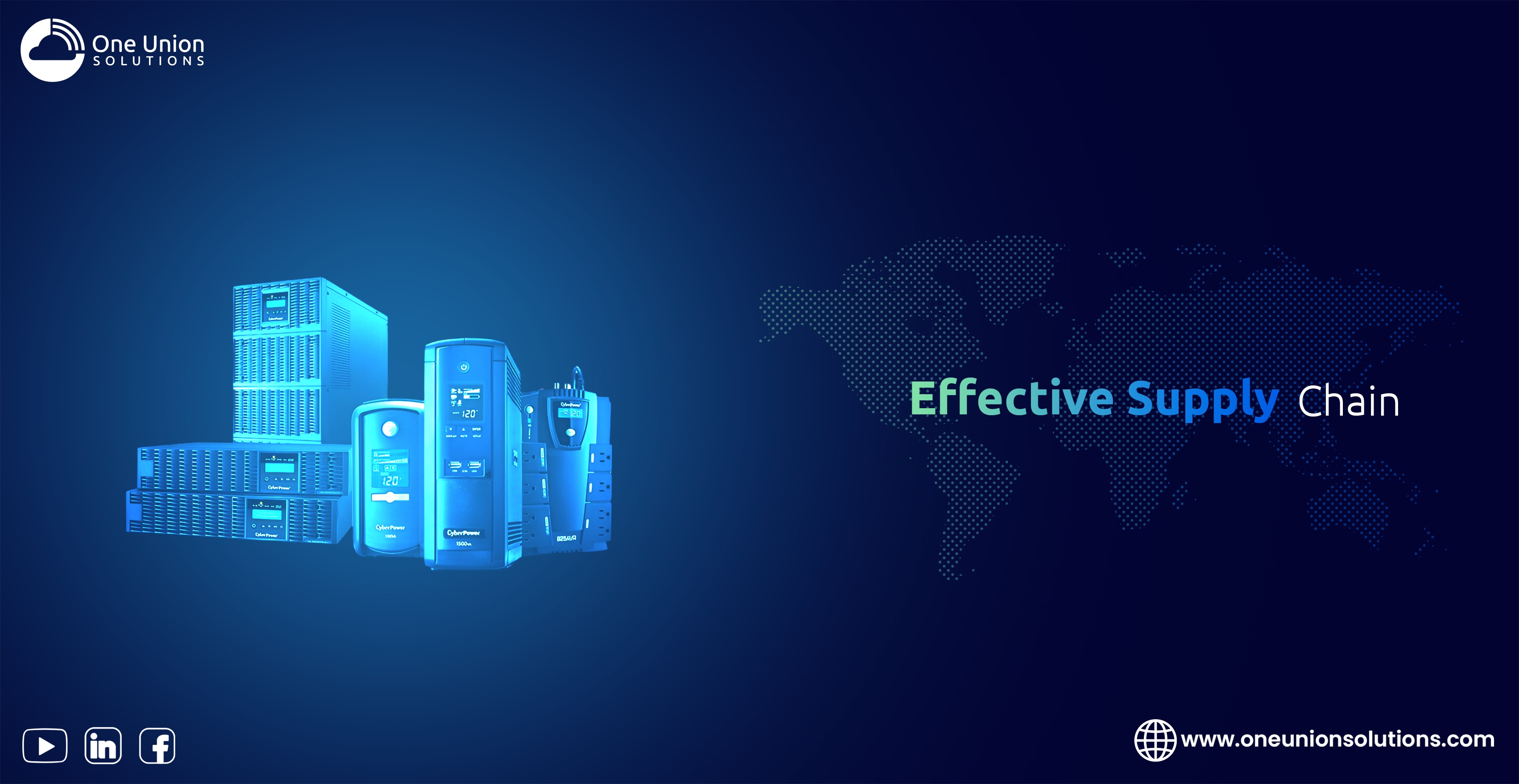Freight Forwarding to Canada: Customs, Regulations & Best Practices

When businesses plan to extend globally, freight forwarding to Canada turns into a important element in their supply chain. Whether you're a manufacturer, distributor, or online retailer, know-how how freight forwarding to Canada works is essential to make certain timely deliveries, compliance with neighborhood legal guidelines, and value-effectiveness. Canada’s nicely-advanced logistics infrastructure, alternate agreements, and customs methods make it a key destination for worldwide alternate. This newsletter gives a simple, step-by way of-step review of the customs process, policies, and satisfactory practices for freight forwarding to Canada.
What's Freight Forwarding?
Freight forwarding is the coordination and cargo of goods from one area to every other through a single or multiple vendors via air, sea, rail, or road. A freight forwarder acts as an middleman between the shipper and transportation services, ensuring all logistics, documentation, and rules are handled smoothly.
While dealing particularly with freight forwarding to Canada, it's important to do not forget the usa’s unique customs policies, documentation necessities, and tax guidelines.
Customs technique for Freight Forwarding to Canada
The Canadian Border services corporation (CBSA) oversees all customs tactics. For easy freight forwarding to Canada, right here are the important steps worried:
Documentation preparation
Business bill
Invoice of Lading or Airway bill
Packing listing
Canada Customs invoice (for shipments over CAD 2,500)
Certificate of starting place (if required)
Those files must be correct and entire to avoid clearance delays.
HS Code classification
Each product must be labeled with the proper Harmonized gadget (HS) code. This determines the amount of responsibility payable and guarantees right category for the duration of freight forwarding to Canada.
Duties and Taxes
Items imported into Canada can be issue to customs obligations and items and services Tax (GST). Understanding the relevant fees is crucial before making plans freight forwarding to Canada.
Customs Clearance
A licensed customs dealer is regularly engaged in the course of freight forwarding to Canada to control clearance and make sure all compliance measures are met. Brokers report vital forms and pay obligations on behalf of the shipper.
Key policies for Freight Forwarding to Canada
To avoid any legal problems or fines all through freight forwarding to Canada, shippers need to adhere to the following policies:
Labelling requirements: merchandise offered in Canada have to comply with bilingual labeling (English and French).
Restricted and Prohibited items: positive objects which include firearms, dairy products, or pharmaceuticals require unique licenses or are banned altogether.
Alternate Agreements: under trade agreements like CUSMA (previously NAFTA), qualifying goods from the U.S. and Mexico may additionally get hold of obligation-unfastened treatment, reaping benefits freight forwarding to Canada.
Pleasant Practices for Freight Forwarding to Canada
To make certain green and value-effective freight forwarding to Canada, companies should comply with those great practices:
Pick a reliable Freight Forwarder
An experienced forwarder familiar with Canadian legal guidelines will manage paperwork, logistics, and compliance efficaciously. They can also offer multimodal alternatives and warehousing support for freight forwarding to Canada.
Plan beforehand for Delays
Climate, hard work moves, or customs problems can affect timelines. Whilst planning freight forwarding to Canada, component in capacity delays and buffer periods.
Track Your Shipments
Actual-time monitoring guarantees better visibility and permits shippers to proactively manipulate troubles. Maximum contemporary companies of freight forwarding to Canada offer on line monitoring equipment.
Apprehend Incoterms
Phrases like FOB (unfastened on Board), CIF (value, coverage, and Freight), or DDP (added duty Paid) clarify the responsibilities of shoppers and dealers in global alternate and are vital for freight forwarding to Canada.
Make sure right Packaging
Goods should be packed consistent with global delivery standards to save you harm and meet Canadian protection rules.
Popular Ports and entry factors in Canada
For ocean freight, not unusual Canadian ports consist of:
Port of Vancouver
Port of Montreal
Port of Halifax
For air freight, foremost hubs are:
Toronto Pearson worldwide Airport
Vancouver worldwide Airport
Understanding the nearest port or airport in your final transport location will assist optimize freight forwarding to Canada.
Conclusion
Expanding into Canada can open new possibilities for international businesses. But, a hit freight forwarding to Canada requires information the country’s customs, complying with alternate policies, and partnering with a dependable logistics issuer. Via following great practices and staying informed, you can ensure your items attain Canadian clients without needless delays or prices.
- Questions and Answers
- Opinion
- Motivational and Inspiring Story
- Technology
- Live and Let live
- Focus
- Geopolitics
- Military-Arms/Equipment
- Security
- Economy
- Beasts of Nations
- Machine Tools-The “Mother Industry”
- Art
- Causes
- Crafts
- Dance
- Drinks
- Film/Movie
- Fitness
- Food
- Games
- Gardening
- Health
- Home
- Literature
- Music
- Networking
- Other
- Party
- Religion
- Shopping
- Sports
- Theater
- Health and Wellness
- News
- Culture

